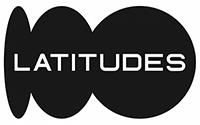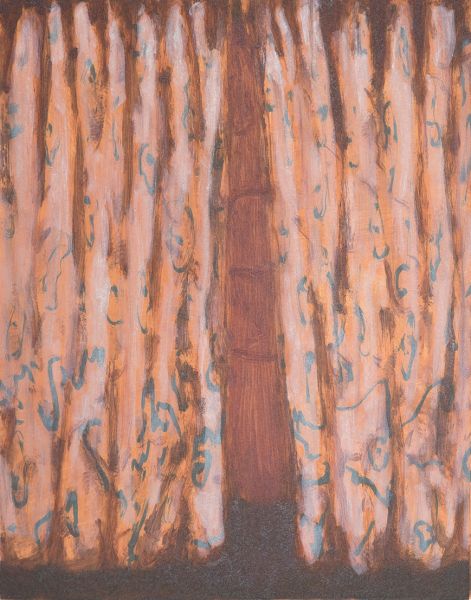Facade II
Store Review (0)PRESENTED BY : Warren Editions
| Frame | None |
|---|---|
| Medium | Monotype on Zerkall Intaglio 250gsm |
| Height | 60.00 cm |
| Width | 49.00 cm |
| Artwork Height | 45 |
| Artwork Width | 35 |
| Artist | Mia Chaplin |
| Year | 2016 |
Mia Chaplin’s series of monotypes, The Making of a Sharp Blade, is Chaplin’s first journey into printmaking, representing a formal extension of her painting practice. The project yielded a body of work that examines the politics of intimacy in the relationships we have with ourselves and with others.
Chaplin’s exhibition of paintings, Binding Forms, has a colour palette “evocative of flesh and femininity and a feeling of warmth and safety. But there are also warnings of danger, betrayal and a need for protection.” Chaplin has maintained this approach in her monotypes. She adopted a European pictorial tradition, reminiscent of the French Post-Impressionists of the early 19th century (Édouard Vuillard, for instance) and those influenced by the Symbolist movement (most notably Edvard Munch). Emulating these historical painters, she frequently flouts perspective as a formal consideration, using the details of interior scenes as an opportunity to investigate elements of a composition. Chaplin’s subject matter is also reminiscent of that period – still life, nudes, interior scenes and landscapes.
However, Chaplin’s work does not settle comfortably in this historical context. In this series of monotypes, those depicting figures emphasise the body’s awkwardness, inhabiting a space somewhere between the luscious grotesque of Lucian Freud and Frank Auerbach’s belligerent impasto.
In her painting practice, Chaplin uses impasto as “a way to be looser and yet still descriptive”. In the monotype medium, the impasto technique is impossible because of the flattening action of the press, and so Chaplin needed to find other ways “to use [her] heart and not [her] brain to describe a subject.” This project marked Chaplin’s first intensive engagement with monotype, and therefore, she took some time get into her stride. As a result, decisions were made on a more unconscious level, which Chaplin has spoken of as preferential to work that is “self-conscious and overly aware”. Working first on a small scale, Chaplin began creating works in one sitting on a single PVC plate. As she became more comfortable, she started to break up her compositions, beginning with flat colours that were then overlain with figurative elements. In some cases, the works are veritable palimpsests containing multiple layers added to pull elements of the composition forward or force them to recede.
Robust tropes have emerged within the work, and the artist’s voice is the clearest in describing their significance:
“I have used the bedroom to indicate that this is an inward, non-public space that you are entering. The women in my work are grappling with some kind of internal struggle between feeling weak and powerless and wanting to enter into a sexually assertive space in which they have authority over their bodies and their lives. There is an element of performance, of putting on an outer appearance that upon closer inspection turns to stone.”
Chaplin has used the motif of curtains throughout the series, and for her “the closed curtain conceals the subject and denies the viewer a direct gaze. The curtain, entrancing and decorative, thus becomes a protective barrier much like the skin or a cloak.”
Chaplin’s process of grappling with the monotype medium mirrors the internal struggle that her characters face in a laudable example of making as therapy. From a practical perspective, the painter, who is used to being insulated in the cloistered space of her studio, suddenly finds herself revealed in the collaborative workshop environment. Although the print studio is a supportive setting, the exposure can nonetheless be daunting. Furthermore, because of the need to work in reverse, as well as the transformative nature of the press, when a print gets pulled off the press bed, the artist is seeing it for the first time, along with everyone else. There is no private space in which to consider the work before it is revealed – nowhere to hide, so to speak. Additionally, in the case of a monotype (being a unique print), there is only one shot at each image, so there is little opportunity to revise, other than by layering. This can be unnerving, especially for an artist working in a semi-autobiographical mode, as Chaplin does. The challenge can also be incredibly generative.
Chaplin talks of her characters “overcoming fears of intimacy” to “reach a state of self-acceptance and being able to share more openly with others.” The blade referred to in the project's title, which is the power these female characters gain in overcoming their fears, has been sharpened in this case on the whetstone of printmaking.
JACQUELINE FLINT, FEBRUARY 2017







